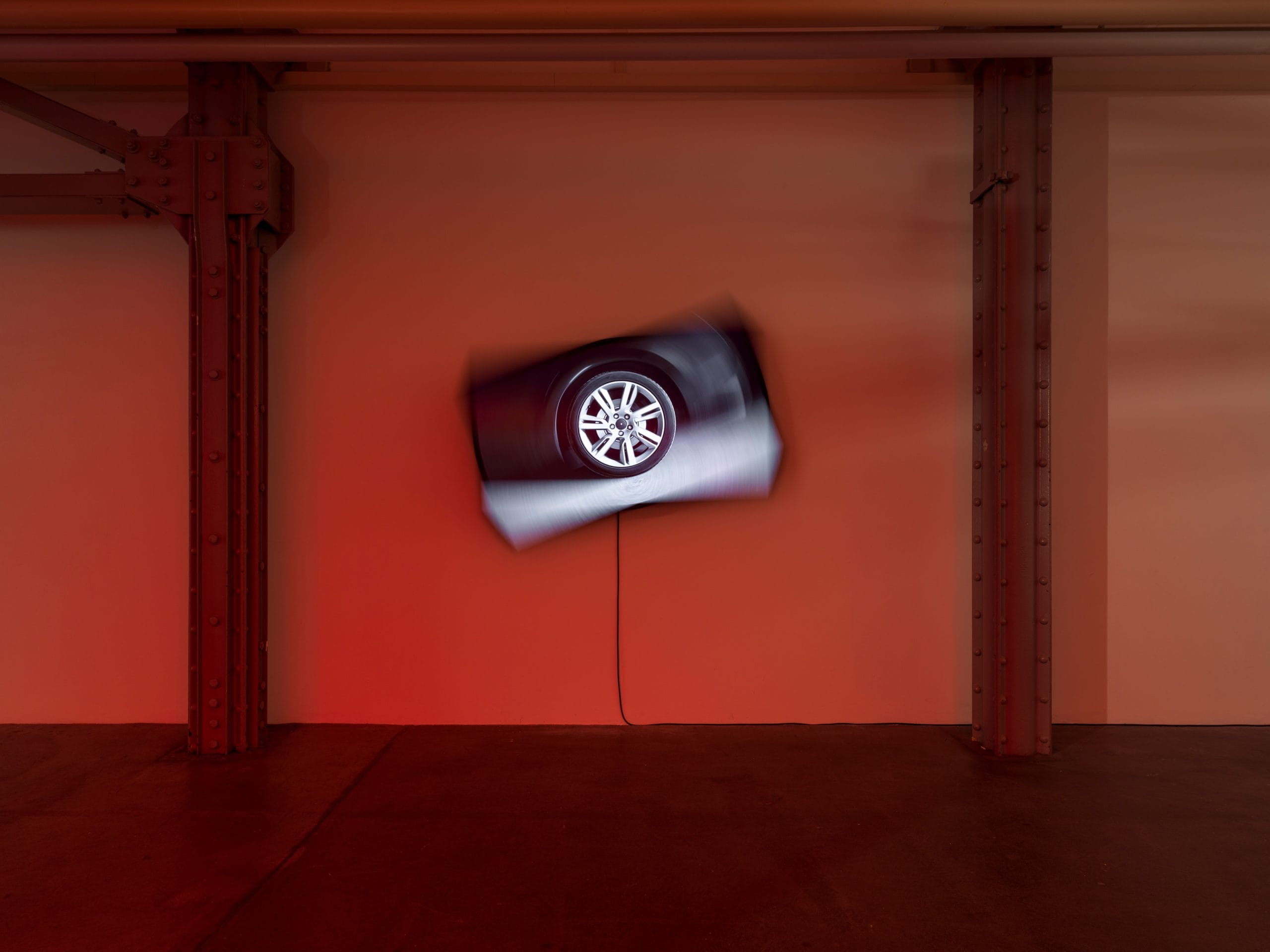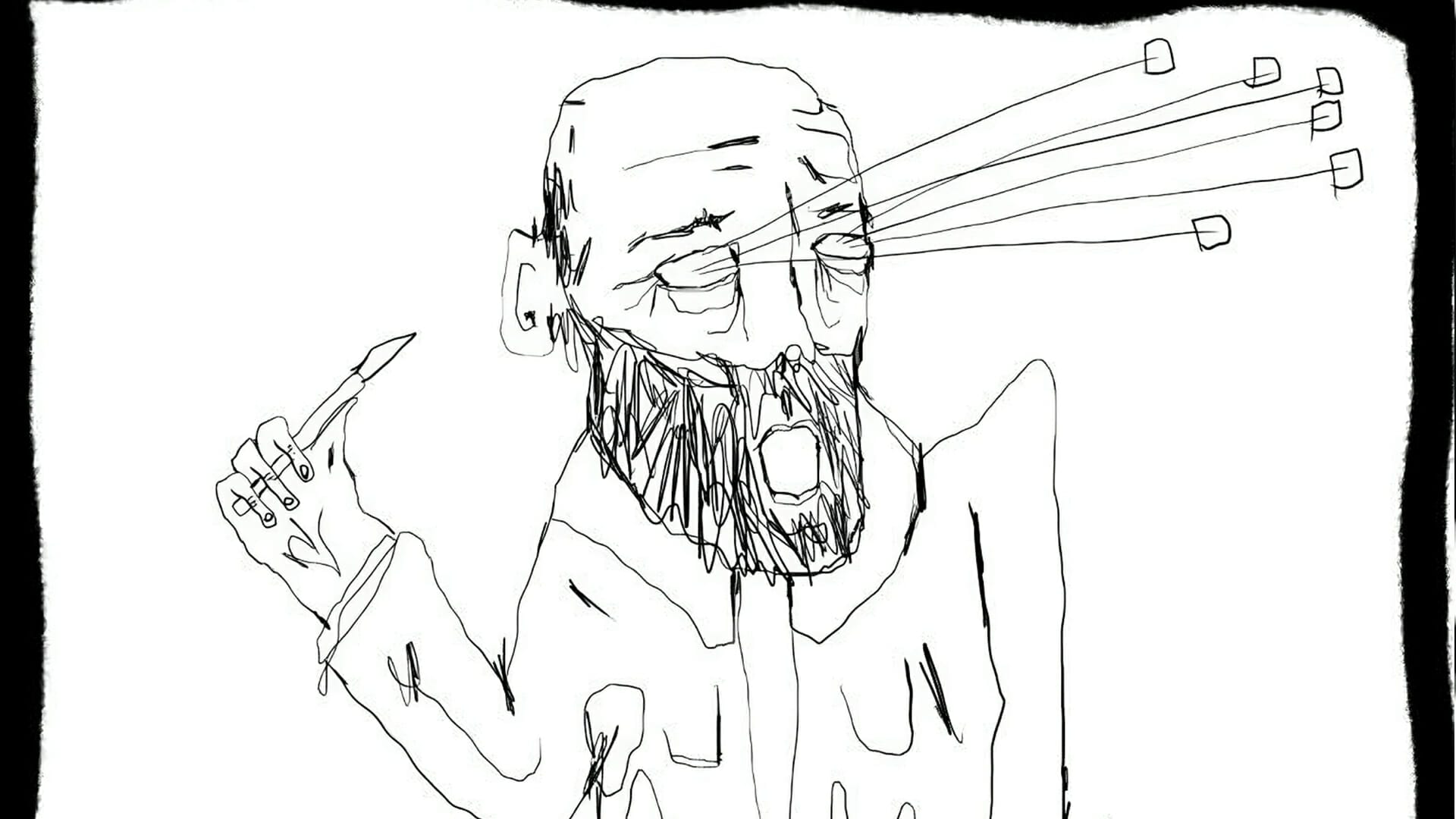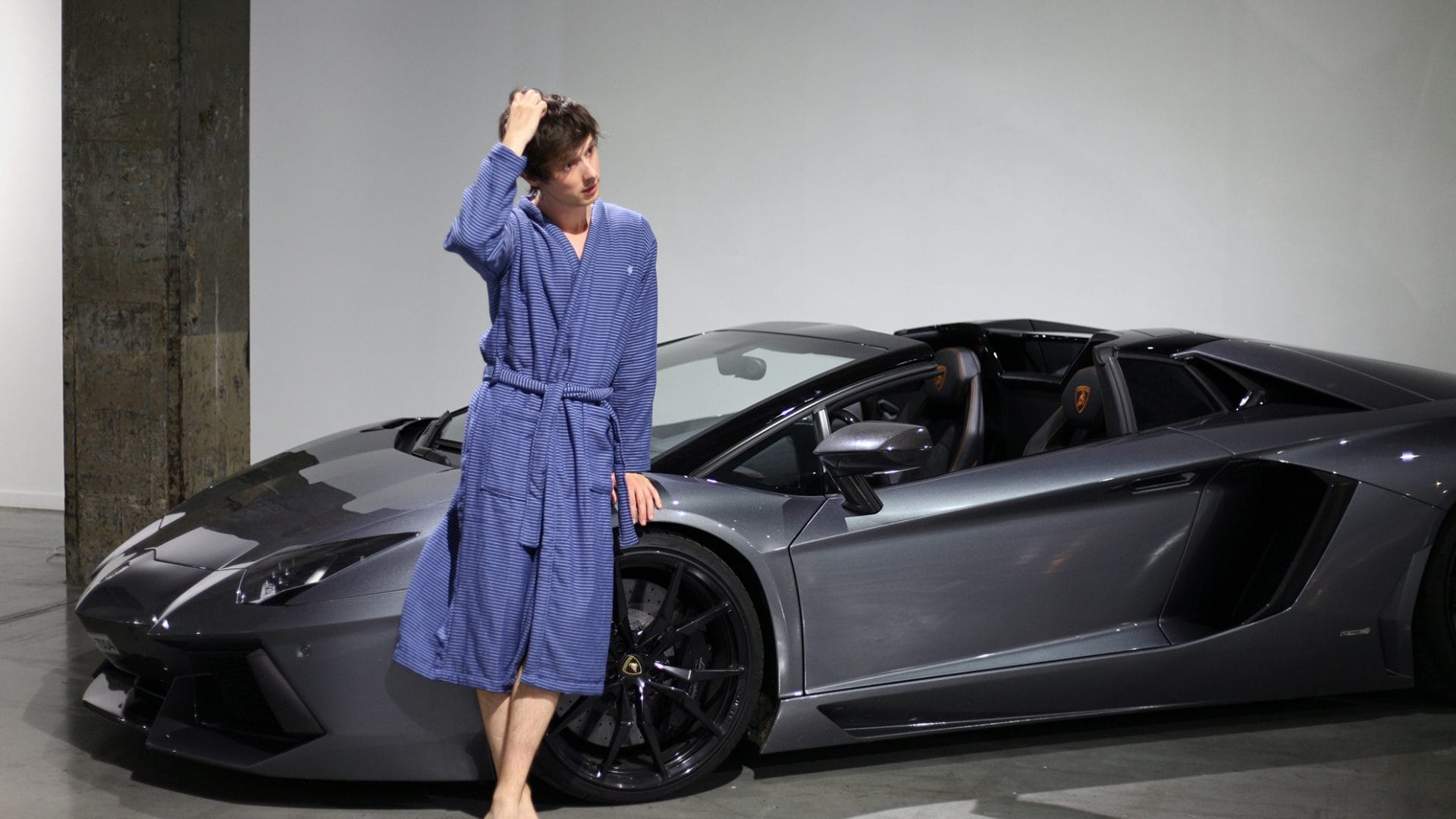
Andrin Winteler in conversation with Fakewhale
Andrin Winteler has masterfully combined photography, digital processes, and installation art to challenge the boundaries of perception and the authenticity of representation. His work delves into the interplay between physical objects and their digital counterparts, exploring themes like mobility, distortion, and the tension between analog and digital media. In this interview, we take a closer look at his inspirations, techniques, and the societal questions raised by his groundbreaking projects.
Fakewhale: Your work often examines the interaction between perception, reality, and digital manipulation. How do you see this interplay evolving as technology becomes increasingly immersive, such as with AR and VR?
I work a lot with photographic images, creating them myself, and the process itself brings many experiences and new ideas. The question of authenticity is becoming more relevant. Due to the sheer number of images in our daily lives, we tend to question them less, as they have become omnipresent. I’m very interested in and fascinated by the current transformation in the field of AI. However, I have not yet found a significant use for it in my own artistic work. This is probably because I see AI as a tool—similar to Photoshop or a video editing program—rather than a creative source. My intention with my work is to question technology. I haven’t reached that point with AI yet, but I’m sure it will come.


The exhibition Pneu Pneus Pneuma explored the transformation of tires, disrupting their natural function. What led you to focus on this specific object, and how do you relate its form and movement to broader societal themes?
I chose the tire because it has a very simple yet perfect shape, one that remains recognizable even in a distorted state. At the same time, I see the tire as an object that receives too little attention in daily life. Without tires, our modern way of life wouldn’t function—this thought captivated me and sparked my interest.
In Roundabout, the tire becomes a display in motion, raising questions about mobility and autonomy. Can you elaborate on the societal critique embedded in this piece and its reflection on the promises of technology?
The promise of any technology is to make our tasks easier. However, we often forget that technology can also make processes and maintenance more complicated and time-consuming. We are constantly looking at our phones, and when we put them down, we realize that we cannot do without them—our entire lives revolve around them. The tire in Roundabout experiences something similar: it keeps driving in circles, over and over again, but it never seems to make real progress. Like many of my works that revolve around circular motion, this piece invites viewers to take a closer look—perhaps even pause for a few minutes—to fully grasp its meaning.

Your works, such as Zwischen Raum und Zeit, use intricate techniques to stretch the boundaries of how reality is depicted in photography. What drew you to the “rolling shutter” effect, and how do you see it metaphorically representing contemporary challenges?
The rolling shutter fascinates me because it is particularly prominent in many commercially available cameras. This means that a captured photo can, depending on the situation, significantly deviate from reality. Most people don’t mind, but there is always a slight shift in the moment.
The works Between Space and Time were ultimately created using the slit-scan technique, which allows the rolling shutter effect to be stretched over time. This technique already existed in analog photography and film. A famous example is the Stargate sequence from 2001: A Space Odyssey by Stanley Kubrick. I see the metaphor for contemporary challenges in the concept of reduction. In my work, the trees are only recognizable because I have reduced movement to a few essential elements, allowing them to still be perceived.
Das Kartenhaus juxtaposes the polished front of Swiss banknotes with the chaotic, tangled cables hidden behind the installation. How do you interpret this contrast, and what message does it convey about modern economies and systems of value?
Switzerland is a country where financial markets play a crucial role—they are essentially one of its cornerstones. This influence is evident in decision-making about the future. Swiss people can vote directly on many issues. However, when it comes to bold decisions—such as those in favor of the climate or nature—that might require slight adjustments to our financial system, we are often quick to reject them. The cables in Das Kartenhaus represent us, the people, who are closely connected with money. If a cable or a foundational pillar fails or collapses, the monetary system ceases to function. Our belief in the monetary system is what holds Das Kartenhaus together. These were my thoughts while developing the artwork.

The MONUMENT series digitally manipulates landscapes, calling attention to human impact and image manipulation. How do you balance creating visually compelling art with raising awareness of environmental and ethical issues?
This happens naturally in my creative process, through my observations and my interest in expanding the possibilities of photography. This series is a continuation of my distorted mountains project, The Last Linearity, and is based on using Photoshop’s liquify tool to straighten natural contours according to geometric guidelines. The goal was to use only this one tool to manipulate the image. Both works draw attention to how we attempt to control nature. In MONUMENT, tourists serve as protagonists, making the scene even more absurd.
Your installation Turnus uses distortion to transform live camera feeds. How do you approach the challenge of integrating live performance with technology to provoke thought in your audience?
I am interested in using technology not just as a behind-the-scenes tool but as an integral part of art. We take our devices and tools for granted, often without truly noticing them. Turnus was one of my first works to place the rolling shutter at its center. I was fascinated by the fact that all our mobile phone photos contain this effect. Sometimes it’s barely visible, but it is always present—a minimal temporal shift, so to speak.



In Sphere III, a drone’s circular movement reveals shifts in light and shadow. How do you see the relationship between nature and technology evolving, and how does this tension shape your creative process?
When the first consumer drones hit the market, I had the idea of creating slow-motion orbiting shots of stones. At the time, camera resolution was still quite low, and I had to physically trick the drone into flying close to the ground. A few years later, this became a standard function—automated point-of-interest orbits with obstacle detection. Imagine me running after the drone, making sure it didn’t crash into a rock in nature—sometimes at sunrise, at 5 a.m. It was a surreal scene. That says everything about the changing relationship between nature and technology.
Looking at your body of work, from Please Turn Right to Scarlett and Carl, how has your approach to themes of mobility and movement changed over the years?
Over time, I have become increasingly aware of movement and mobility—how by slowing down certain elements, we can better perceive how fast our surroundings have become. In our time, where new technologies are being introduced at an accelerating pace, it’s important to take a closer look at certain aspects. This can be achieved by slowing down a process and extracting it from its usual context, allowing us to view it from a different perspective. It’s worth mentioning that I am very interested in technology and have no aversion to it. I am simply fascinated by how much technology surrounds us, seamlessly supporting our daily lives. It truly amazes me.
What new dimensions do you aim to explore in your upcoming projects, and how do you envision your art contributing to ongoing conversations about technology, perception, and the environment?
I want to explore as many dimensions as possible. Currently, I am working with LED panels and also on a project centered around an oversized gymnastics ball. My art should inspire curiosity and playfulness, encouraging reflection on technology, perception, and the environment. Perhaps, through engaging with my work, viewers will take on some of this perspective themselves.




fakewhale
Founded in 2021, Fakewhale advocates the digital art market's evolution. Viewing NFT technology as a container for art, and leveraging the expansive scope of digital culture, Fakewhale strives to shape a new ecosystem in which art and technology become the starting point, rather than the final destination.
You may also like
2 – The Rise of Hisan
Somewhere outside of the Mall of America, Minnesota, United States “Another successful mission
In Dialogue with Fakewhale: Aaron McLaughlin on Challenging Systems and Shaping New Relations
Aaron McLaughlin is an artist and curator whose practice systematically challenges established struc
This Sculpture Doesn’t Exist: Matteo Rattini in Dialogue with Fakewhale
Matteo Rattini’s work stems from a radical intuition about the identity and life cycle of art imag




